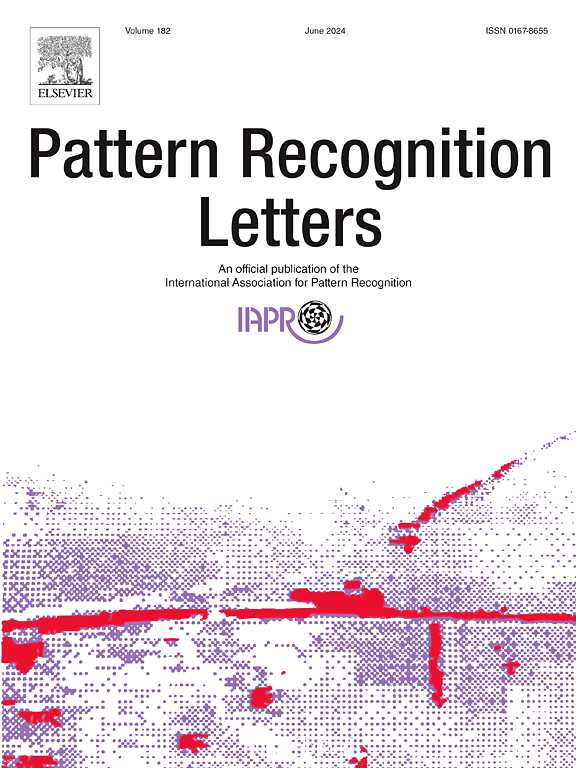基于脉冲神经网络的低延迟心电分类优化负峰
IF 3.3
3区 计算机科学
Q2 COMPUTER SCIENCE, ARTIFICIAL INTELLIGENCE
引用次数: 0
摘要
心电图(ECG)分类是诊断心脏疾病的重要工具。最近的进展已经从手动特征提取转向机器学习(ML),特别是深度学习(DL)。尽管它们很有效,但深度学习模型需要大量的标记数据集,大量的计算资源,并且往往缺乏可解释性,导致有限或不具代表性的数据过度拟合,阻碍了它们在低功耗和实时临床应用中的使用。脉冲神经网络(snn)是第三代神经网络范式,提供了一种类似大脑的事件驱动方法,特别适合处理时空ECG信号。snn固有的低功耗使其在便携式医疗设备中非常有利。然而,实际部署一直受到挑战的阻碍,包括设计合适的网络架构和减少尖峰神经元固有的量化误差。本文介绍了一种优化的捷径路径残差SNN结构,该结构可以发射负尖峰,有效地提高了在强时间变化ECG数据集中的性能,同时不影响尖峰的事件驱动特性,同时提高了尖峰神经元的表征能力。UCR数据集上的实验证明了所提出的负尖峰神经网络(NS-SNN)的有效性,从而支持将snn集成到便携式心电监测设备中。本文章由计算机程序翻译,如有差异,请以英文原文为准。
Optimized negative spikes in Spiking Neural Networks for low-latency ECG classification
Electrocardiogram (ECG) classification is a critical tool for diagnosing cardiac diseases. Recent advances have shifted from manual feature extraction to machine learning (ML), particularly deep learning (DL). Despite their effectiveness, DL models require large labeled datasets, substantial computational resources, and often lack interpretability, leading to overfitting with limited or unrepresentative data, hindering their use in low-power and real-time clinical applications. Spiking Neural Networks (SNNs), a third-generation neural network paradigm, provide a brain-like, event-driven approach that is particularly well-suited for processing spatial–temporal ECG signals. The inherent low power consumption of SNNs makes them highly advantageous for use in portable medical devices. However, practical deployment has been hampered by challenges that include the design of suitable network architectures and the reduction of quantization errors inherent in spiking neurons. This letter introduces an optimized shortcut path residual SNN architecture that fires negative spikes, effectively enhancing the performance in strong temporal variation ECG datasets, without compromising the event-driven characteristics of spikes while improving the representational capability of spiking neurons. Experiments on the UCR dataset demonstrate the efficacy of the proposed Negative Spike Spiking Neural Network (NS-SNN), thereby supporting the integration of SNNs into portable ECG monitoring devices.
求助全文
通过发布文献求助,成功后即可免费获取论文全文。
去求助
来源期刊

Pattern Recognition Letters
工程技术-计算机:人工智能
CiteScore
12.40
自引率
5.90%
发文量
287
审稿时长
9.1 months
期刊介绍:
Pattern Recognition Letters aims at rapid publication of concise articles of a broad interest in pattern recognition.
Subject areas include all the current fields of interest represented by the Technical Committees of the International Association of Pattern Recognition, and other developing themes involving learning and recognition.
 求助内容:
求助内容: 应助结果提醒方式:
应助结果提醒方式:


